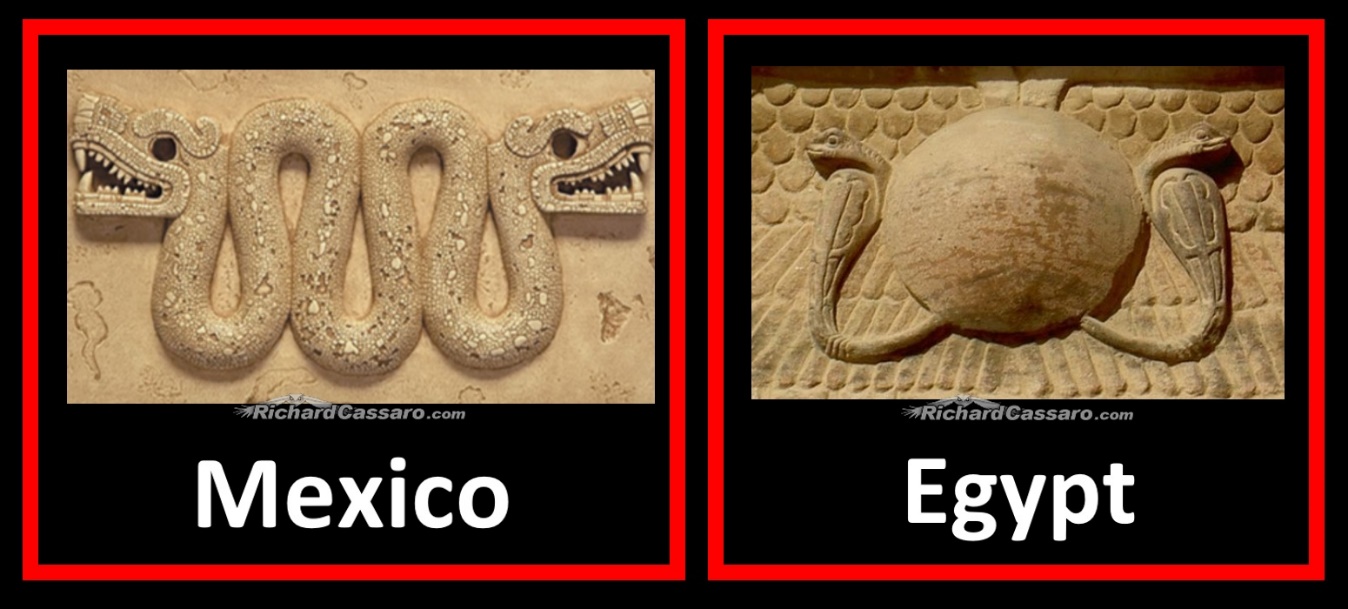
The mosaic is made of pieces of turquoise, oyster shell and conch shell applied to a wood base. When this was made, the aztec capital tenochtitlan was one of the biggest cities in the world.
The habit of snakes to shed their.
Aztec double headed serpent meaning. The word for serpent in nahuatl, the language spoken by the aztecs, is coatl and is associated with several gods such as quetzalcoatl (feathered serpent), xiuhcoatl (fire serpent), mixcoatl (cloud serpent) or coatlicue (she of the serpent skirt), the mother of the aztec god huitzilopochtli. It may have been worn or carried during religious. This is a very universal symbol because we can find it not just among mayas, aztecs and incas;
The habit of snakes to shed their. It came from aztec mexico and might have been worn or displayed in religious ceremonies. The serpent, also known as the quetzalcoatl, was an important symbol in their culture.
It is made from wood covered in turquoise mosaic, spondylus (red) and conch (white) shell. Why was the double headed serpent made? The two heads in this snake is the symbol of dualism, which was a fundamental part of the aztec.
In the aztec culture, quetzalcoatl or feathered serpent, was a creator deity known in art depictions of a double headed snake. The mosaic is made of pieces of turquoise, oyster shell and conch shell applied to a wood base. This powerful serpent deity was important in art and religion in most of mesoamerica for nearly 2,000 years.
The serpent symbol occurs in several aztec arts. The serpent has several meanings: The serpent played a very important role in aztec religion.
It was an emblem of authority, perhaps once part of an elaborate suite of ritual regalia worn or carried on ceremonial occasions. When this was made, the aztec capital tenochtitlan was one of the biggest cities in the world. The snake, one body shared by two heads, is in profile;
1500 ad, wood, turquoise, spondylus, and conch) in aztec mythology, snakes are symbolic of rebirth and renewal. Since serpents regularly shed their skins and emerge shining and fresh as though made anew, they seemed to aztec mystics to transcend the dull cycle of aging. The serpent has several meanings:
They believed in many gods and gave much respect and adoration to them. But in every culture of the world. Secondly, why was the double headed serpent made?
But in every culture of the world. By using over 2,000 small flat pieces of stone, […] The word for serpent in nahuatl, the language spoken by the aztecs, is coatl and is associated with several gods such as quetzalcoatl (feathered serpent), xiuhcoatl (fire serpent), mixcoatl (cloud serpent) or coatlicue (she of the serpent skirt), the.
It�s also evidence of the systematic oppression of its subject peoples, that ultimately destroyed it. It is also associated with fertility and birth due to the prominence of the color green in depictions of the design. The aztec snake tattoo symbolizes the snake god who the aztecs idolized.
This serpent imagery played an important role in the religion of the aztec empire. The eyes would have been rendered with inlay, probably of iron pyrite. The aztec snake tattoo is one of the most popular types of aztec tattoos.
In ancient aztec, this ornament was worn on the chest during ceremonies. In nahuatl language the serpent is coatl, a word that appears in fact in the names of the major aztec deities. The serpent is made out of about 2,000 small pieces of turquoise set on to a curved wooden frame, about 40 centimetres (16 inches) wide and half as high.
This serpent mosaic was created in aztec mexico. It is a document of the aztec empire at the height of its artistic, religious and political power. Why was the double headed serpent made?
One of the region’s most important deities was of course quetzalcóatl, the feathered serpent (read more on this in our feature on d h lawrence and the plumed. Each ornament had a hollow at the back. The serpent is made up of about two thousand tiny pieces of.
It is a snake with two heads composed of mostly turquoise pieces applied to a wooden base. The mosaic is made of pieces of turquoise, spiny oyster shell and conch. This is a very universal symbol because we can find it not just among mayas, aztecs and incas;
The sculpture depicts an undulating serpent with a head on each side. At the height of the aztec empire, many mixtec towns came under aztec rule had to pay tribute to the emperor, including gifts of gold and turquoise. The piece is believed to have been part of a ceremonial costume, worn as a pectoral.